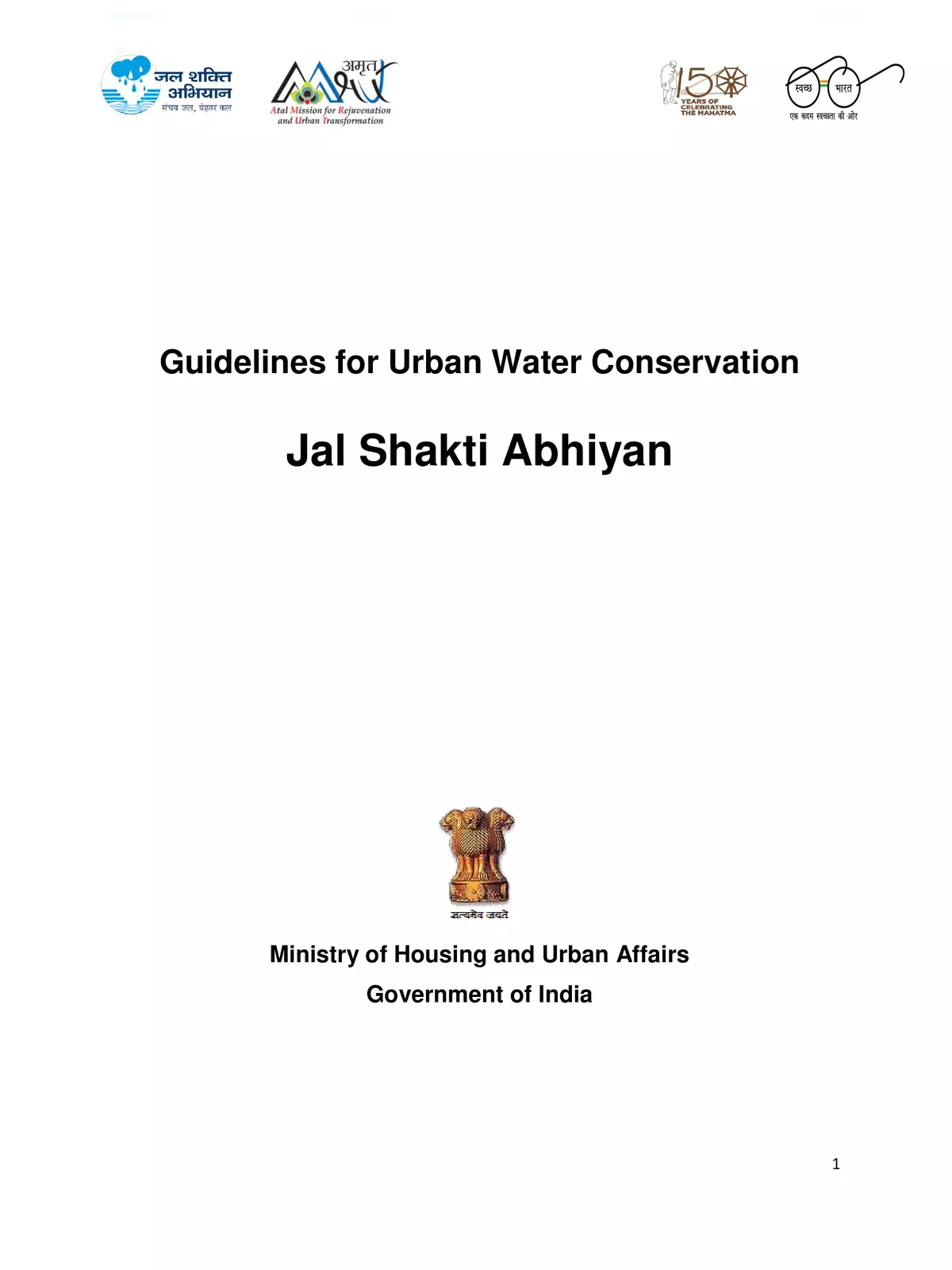Jal Shakti Abhiyan Guidelines - Summary
Jal Shakti Abhiyan guidelines are designed to help with the sustainable use and management of water resources across India. As the country faces serious water scarcity, following these guidelines can make a big difference in saving and using water wisely. India has just 4% of the world’s fresh water, yet it supports 17% of the global population. This creates pressure on water supplies, making water conservation more important than ever.
About Jal Shakti Abhiyan and Its Importance
The Jal Shakti Abhiyan, started by the Ministry of Jal Shakti on 1st July 2019, focuses on water preservation and restoration activities. It aims to encourage people from every part of the country, including States, Union Territories, and Urban Local Bodies, to join hands in this water-saving campaign. The program is a big step towards solving problems like groundwater depletion and drought caused by poor rainfall and extensive water use in farming.
Key Features of Jal Shakti Abhiyan Guidelines
- Context
- Why water conservation is important?
- Thrust areas
- Coverage
- Interventions
- Rain Water Harvesting (RWH)
- Reuse of Treated Waste Water
- Rejuvenation of Urban Water Bodies
- Plantation
- Awareness Campaign
- Funding
- Monitoring
- Documentation
- Summary
- A: List of Cities for JSA in Phase I
- B: List of Cities for JSA in Phase II
- Illustrations of Rain Water Harvesting (RWH) Structures
- Best Practices in Rain Water Harvesting (RWH)
- Notification of Ministry of Power
- A Best Practice in Reuse of Treated Waste Water
- Best Practices in Rejuvenation of Water Bodies
- Best Practices in Plantation
You can easily download the Jal Shakti Abhiyan Guidelines PDF from the provided link below. This download will help you understand how each one of us can become part of the nationwide water conservation effort. Don’t miss out on this chance to learn and take part in protecting our precious water! 🌊
